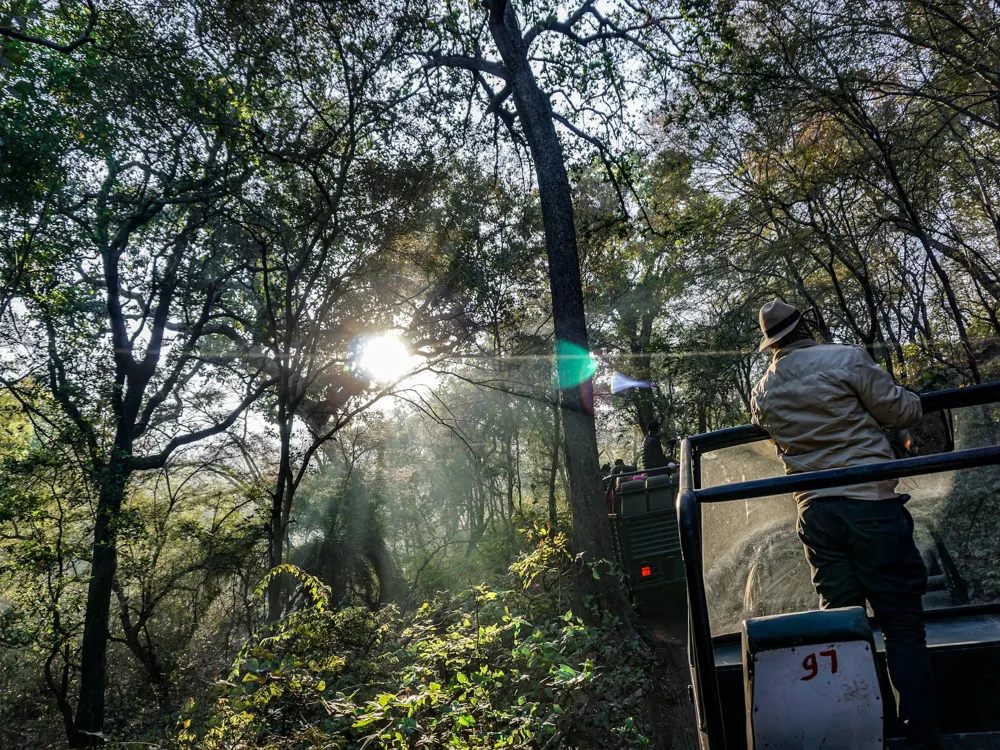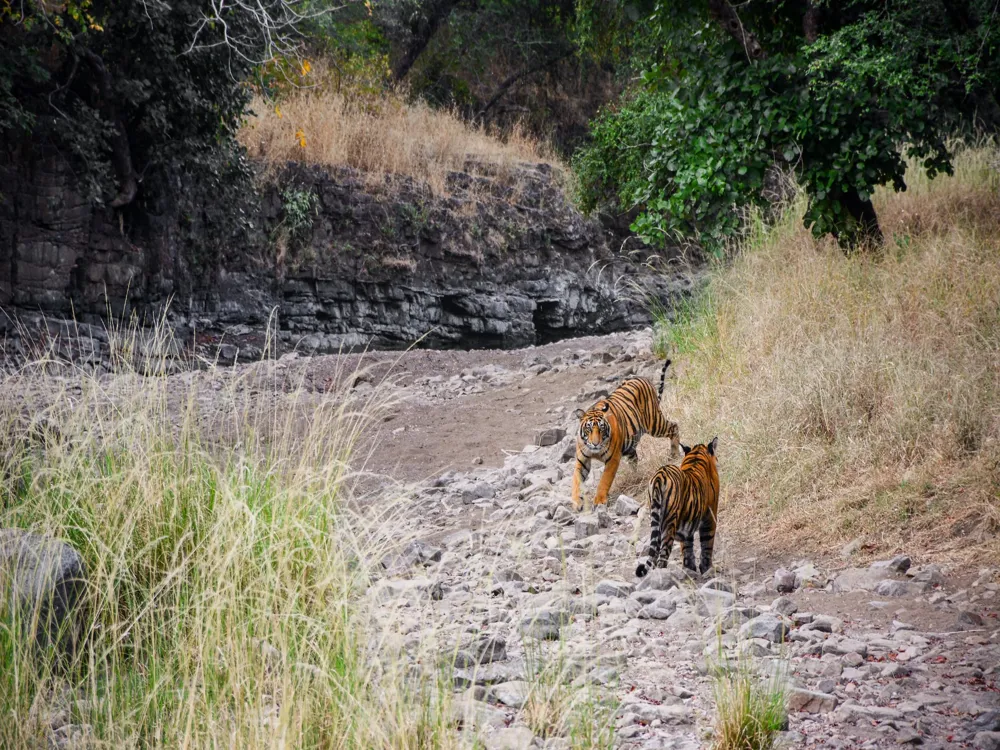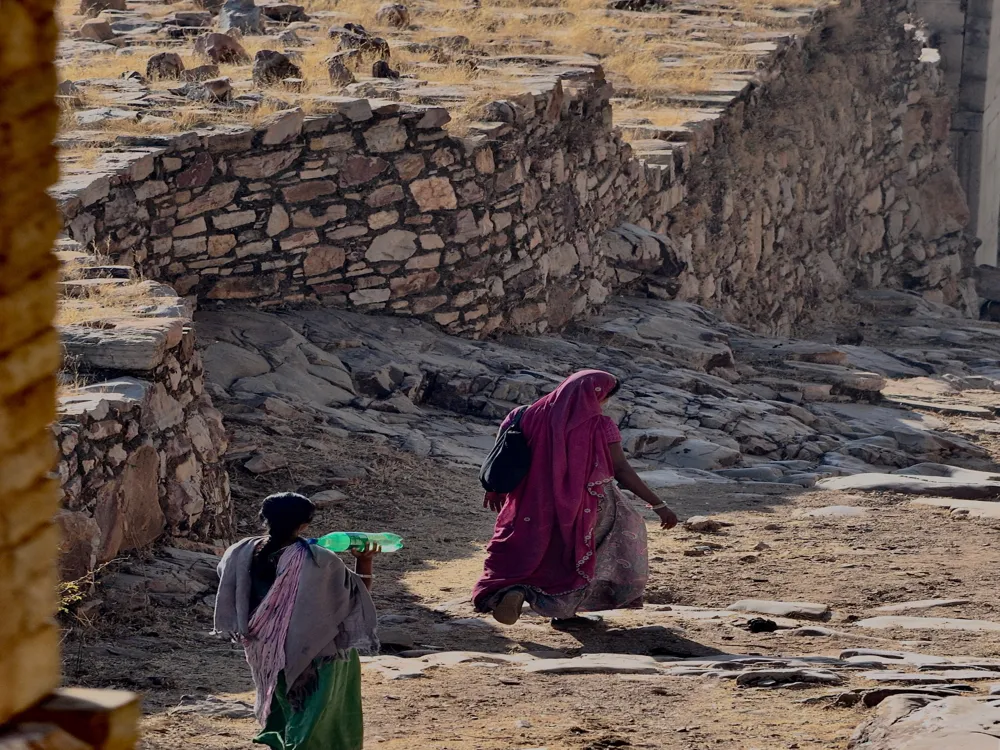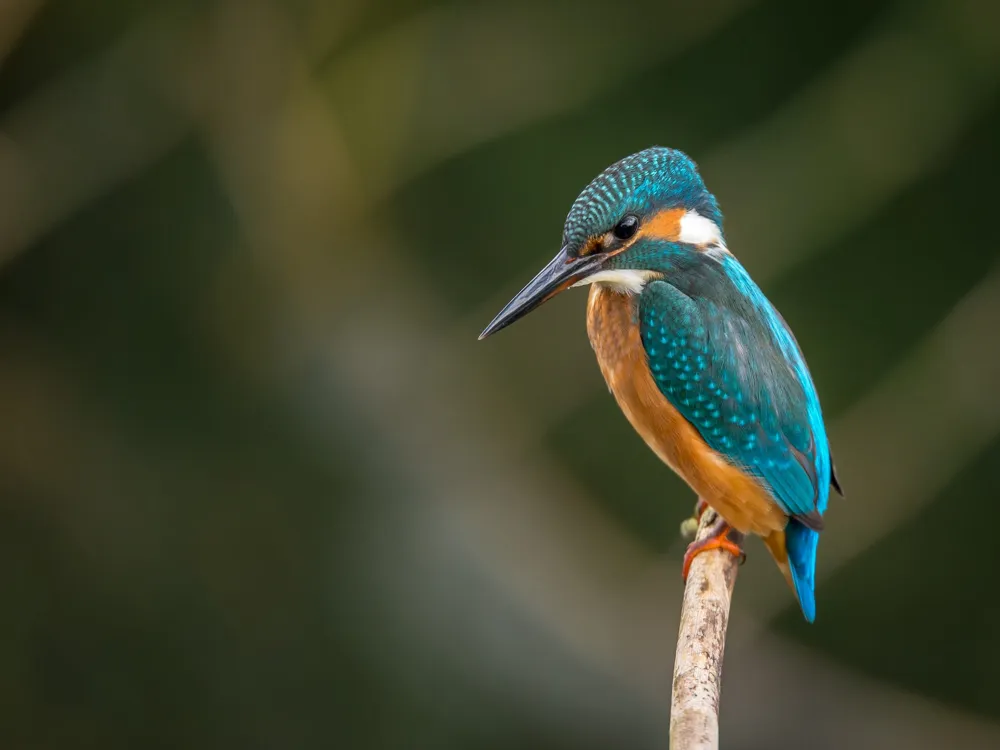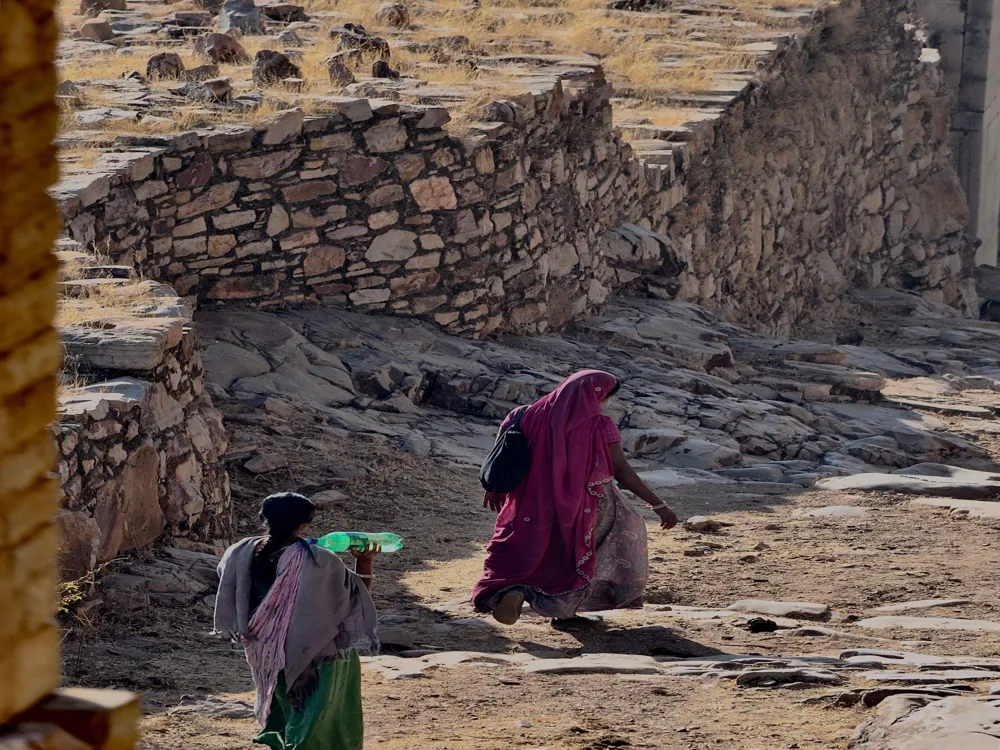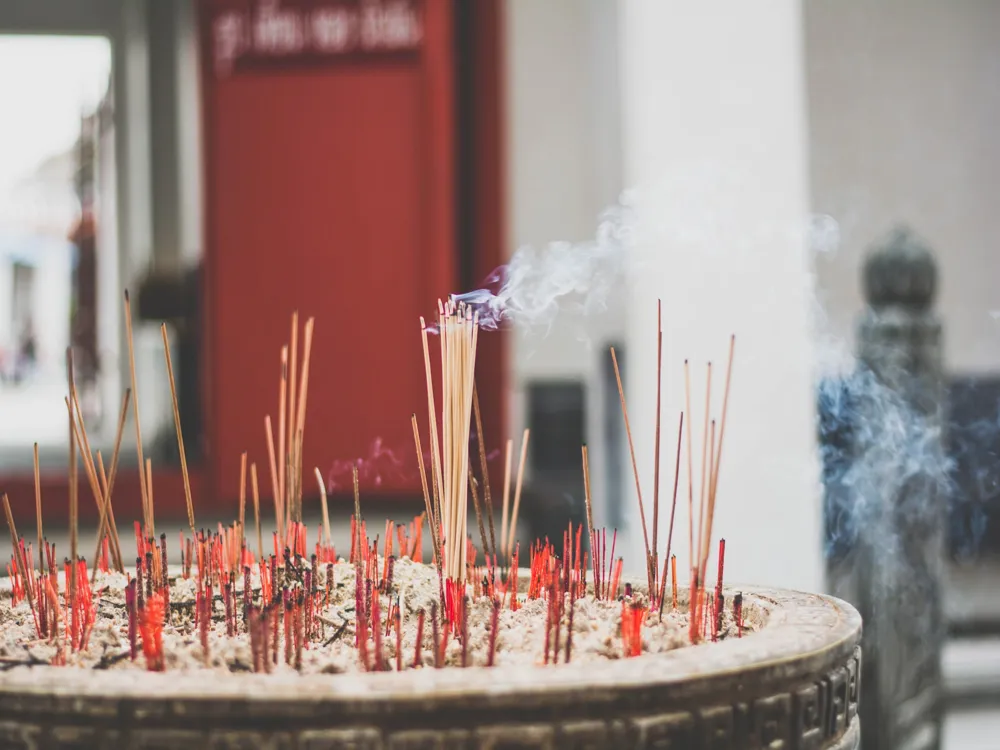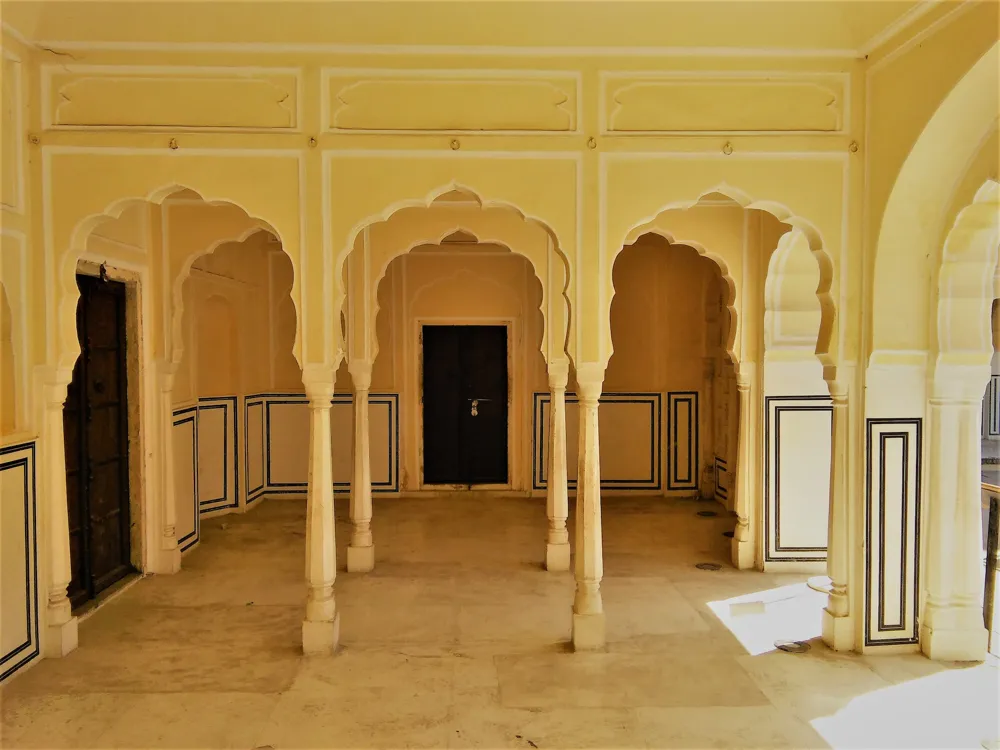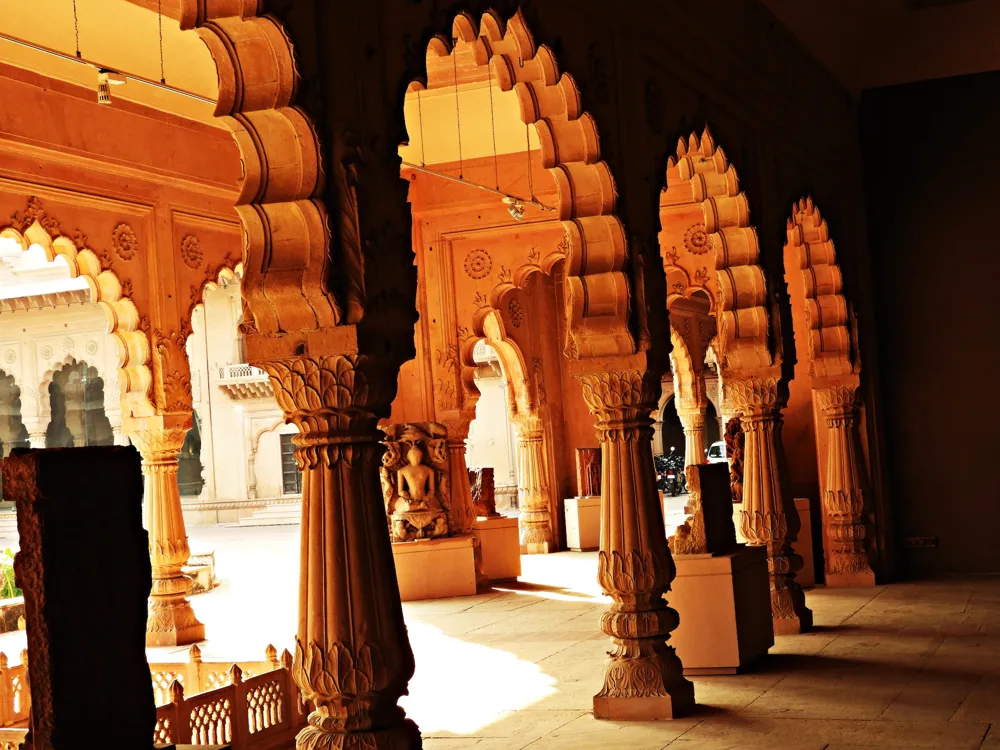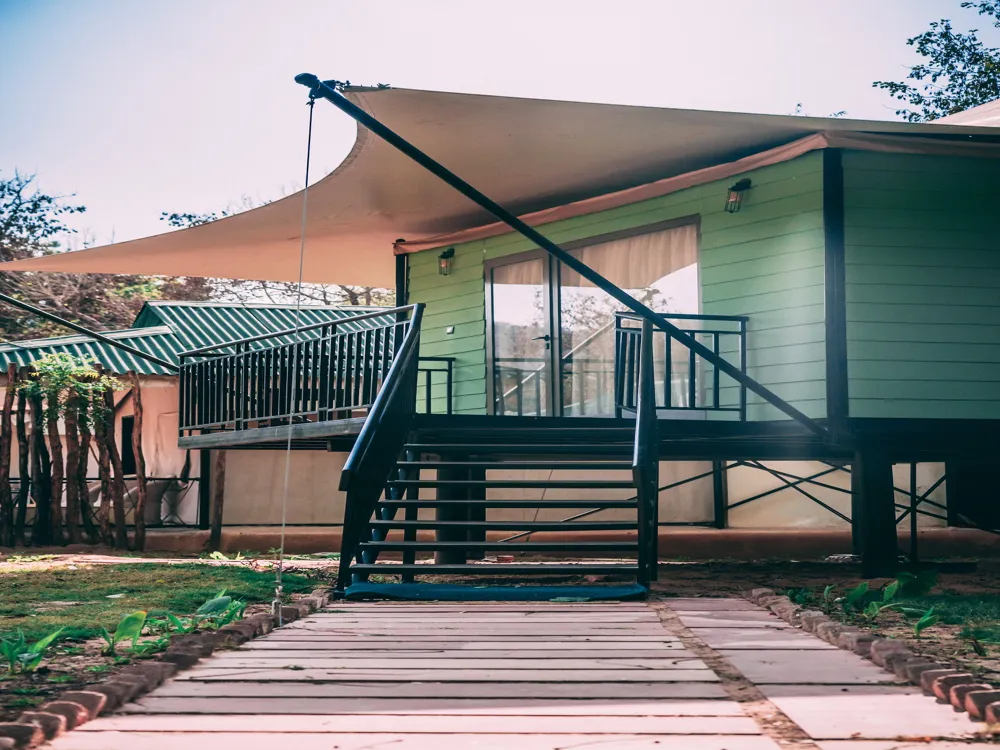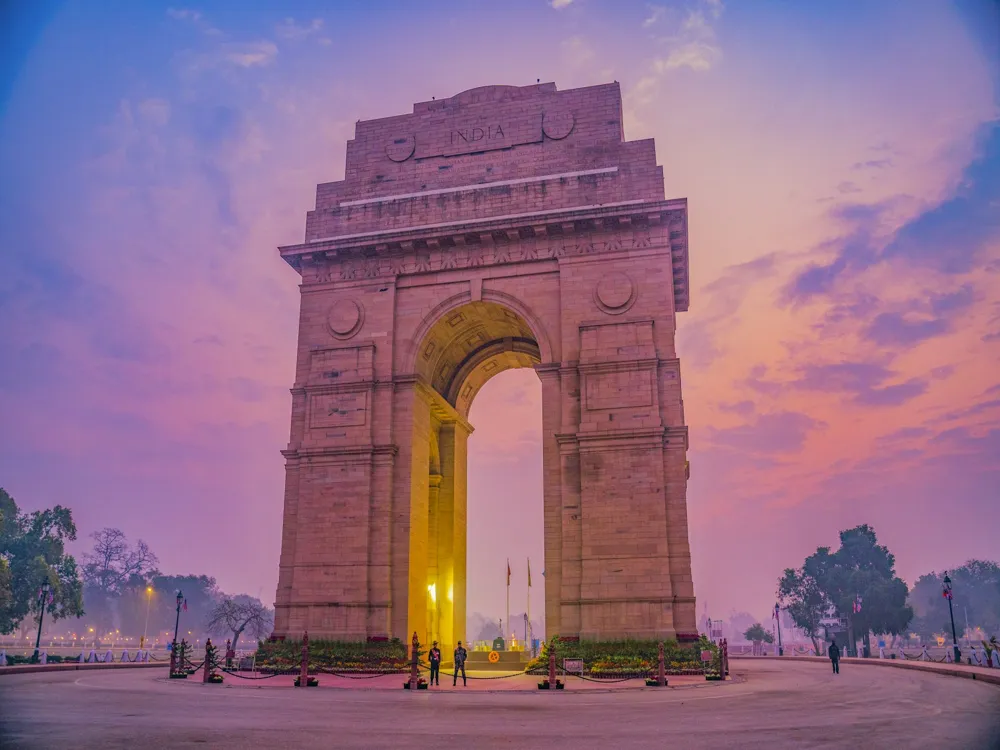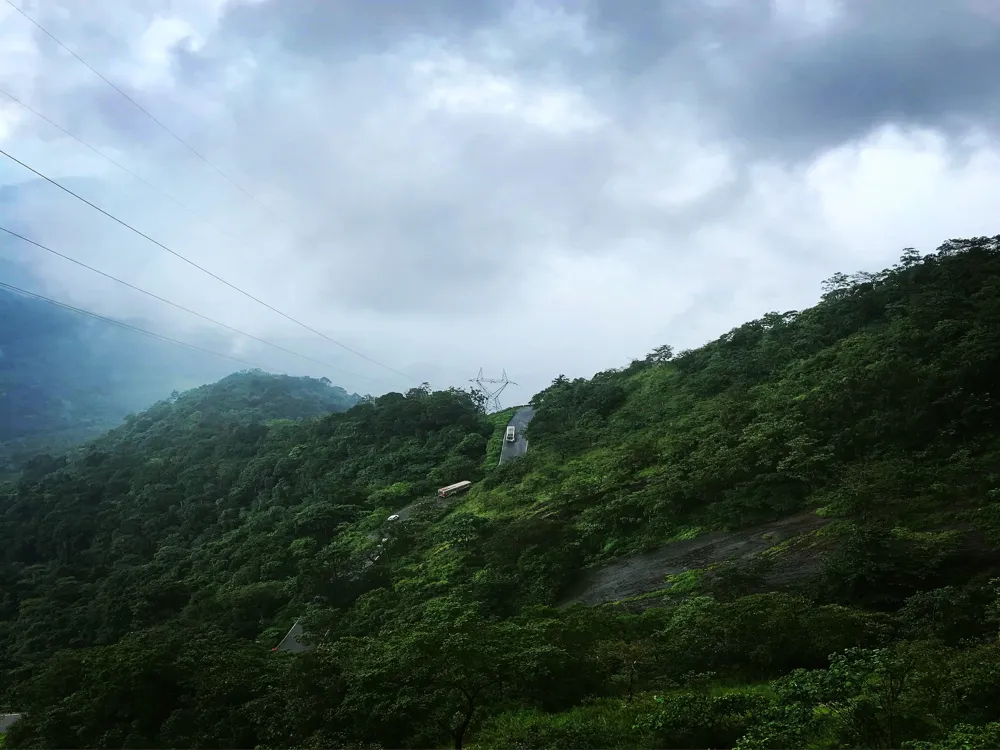Best Time to Visit Ranthambore
Rajasthan India
7 out of 30 Places to visit in Rajasthan₹ 6,000 onwards View Packages
Get Customized PackagesThe Land of Diversity
Top Hotel Collections

Private Pool

Luxury Hotels

5-Star Hotels

Pet Friendly
What is the best time to visit Ranthambore?
Ranthambore, a haven for wildlife enthusiasts and nature lovers, is renowned for its tiger reserve and rich biodiversity. Knowing the best time to visit Ranthambore is vital for an unforgettable experience amidst nature's wonders.
More about Best Time to Travel to Ranthambore
Travel Peak Season in Ranthambore
The peak season to explore Ranthambore primarily spans from October to April. During these months, the weather remains pleasantly cool and dry, ideal for wildlife sightings. The temperatures range between 10°C to 30°C (50°F to 86°F), offering perfect conditions for spotting tigers and other wildlife in their natural habitat.
Travel Offseason in Ranthambore
The offseason, from May to September, experiences scorching temperatures and high humidity levels. However, this period also offers unique opportunities for dedicated wildlife enthusiasts due to the relatively thinner crowds. Early mornings and late afternoons could still provide rewarding safari experiences despite the heat.
Ranthambore Travel Packages
View All Packages For Ranthambore
Ranthambore in Shoulder Season
Shoulder seasons, such as October and April, mark transitions between peak and offseason. These months witness moderate temperatures and fewer visitors, presenting an excellent opportunity for a quieter yet wildlife-rich experience.
Ranthambore in Hot Season
The hot season, primarily from May to June, experiences extremely high temperatures, often exceeding 40°C (104°F). While the weather might be challenging, it's a crucial period for wildlife sightings around watering holes due to the scarcity of water sources.
Ranthambore in Rainy Season
The rainy season, from July to September, witnesses sporadic rainfall. While the landscape turns lush and green, the park remains closed for visitors due to safety concerns and breeding season for wildlife.
Ranthambore in Cool Season
The cool season, from November to February, is the most favorable time to visit Ranthambore. The weather remains pleasant, making it the perfect time for wildlife safaris and exploring the park's diverse flora and fauna.
In summary, the best time to visit Ranthambore varies based on preferences, whether for tiger sightings, wildlife exploration, or a more relaxed and quieter experience.
Places To Visit In Ranthambore
Nearby Places Ranthambore
Ranthambore Photos
View All Photos For RanthamboreBrowse Package Collections
Browse Hotel Collections
Faq
Q: When is the best time to visit Ranthambore National Park?
A: The best time to visit Ranthambore National Park is during the winter months, from October to March, when the weather is pleasant and wildlife sightings are at their peak.
Q: What makes the winter months ideal for a Ranthambore visit?
A: Winter offers comfortable temperatures, ranging from 10 to 25 degrees Celsius, creating a favorable environment for both wildlife and visitors. The dry weather also enhances visibility, making it easier to spot animals.
Q: Is Ranthambore accessible during the monsoon season?
A: Ranthambore is open during the monsoon season (July to September). However, frequent rain showers may disrupt safaris, and the lush vegetation can make wildlife sightings more challenging.
Q: How about visiting during the summer months?
A: Summers (April to June) are hot in Ranthambore, with temperatures soaring above 40 degrees Celsius. While this period offers clearer visibility due to the sparse foliage, it's essential to consider the intense heat.
Q: Are all zones of Ranthambore open throughout the year?
A: No, Ranthambore National Park is divided into multiple zones, and the park management rotates their accessibility to minimize human impact. It's advisable to check the current zone status before planning your visit.

